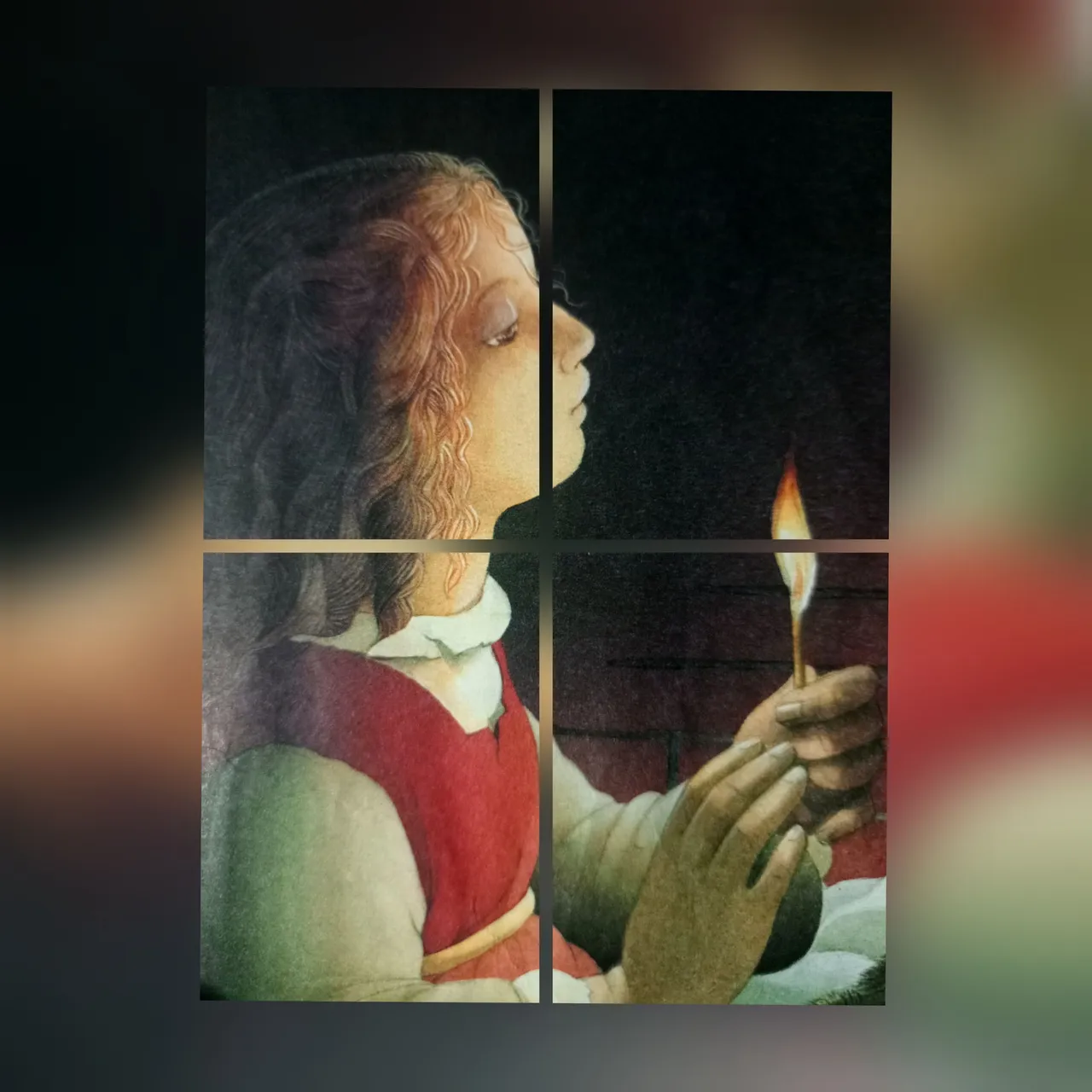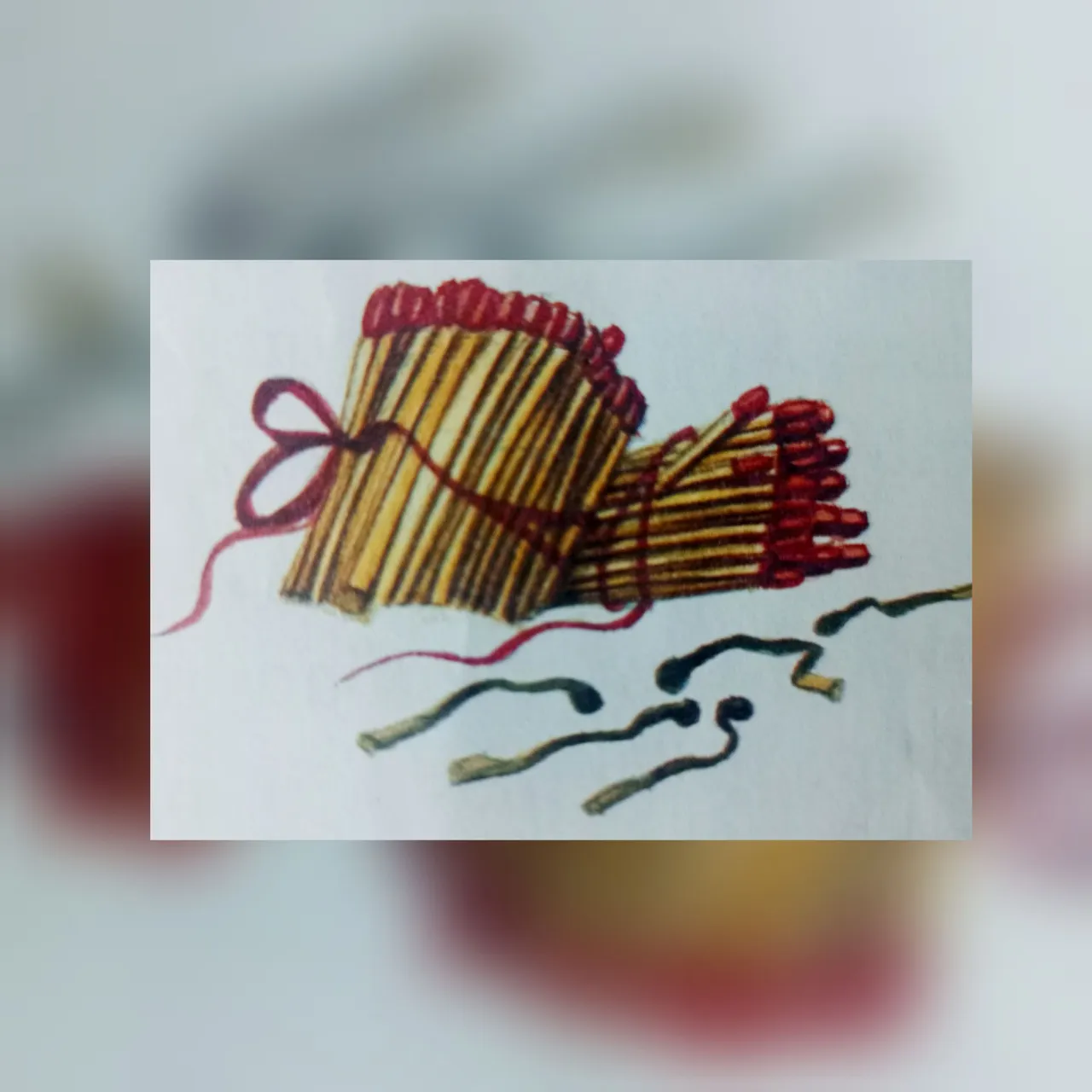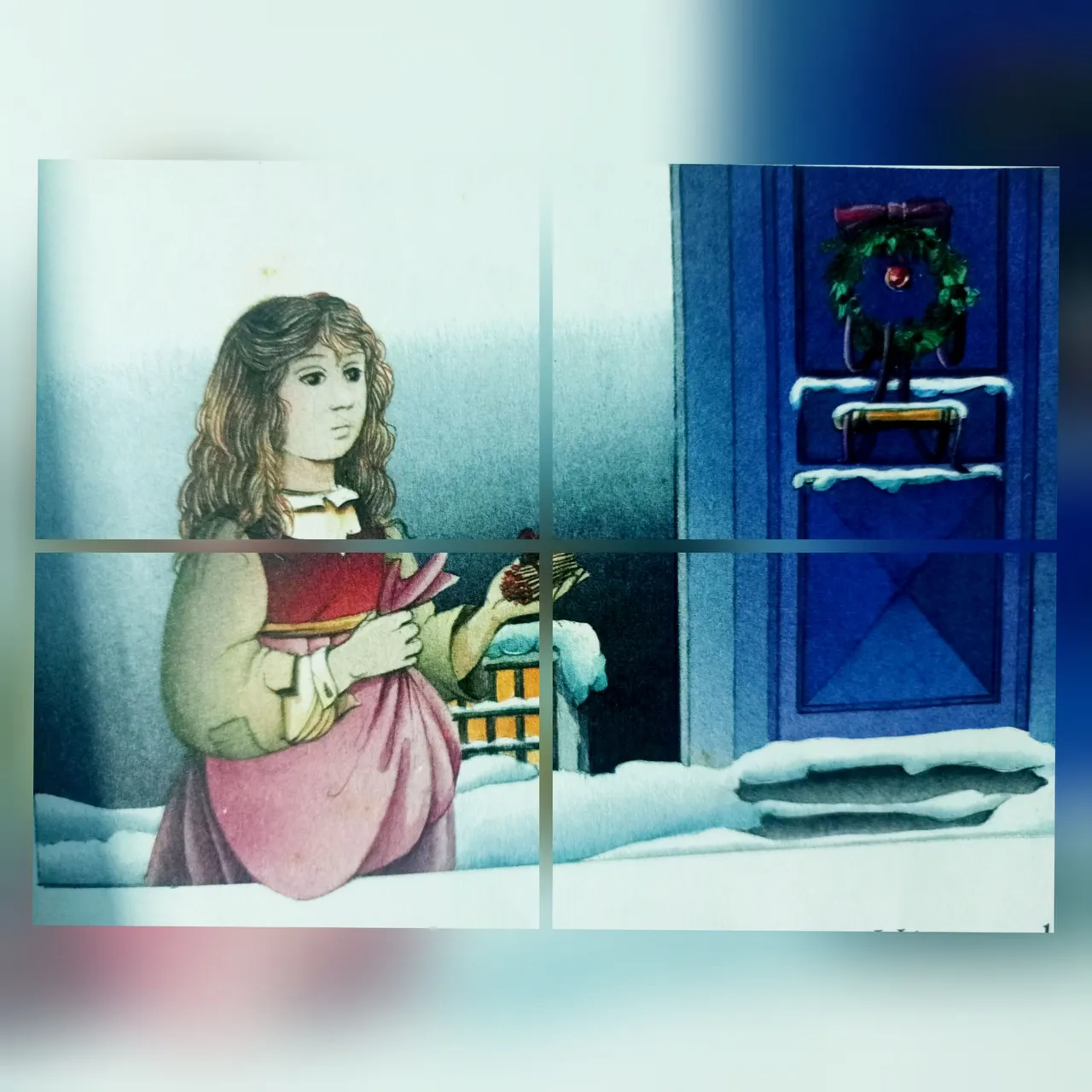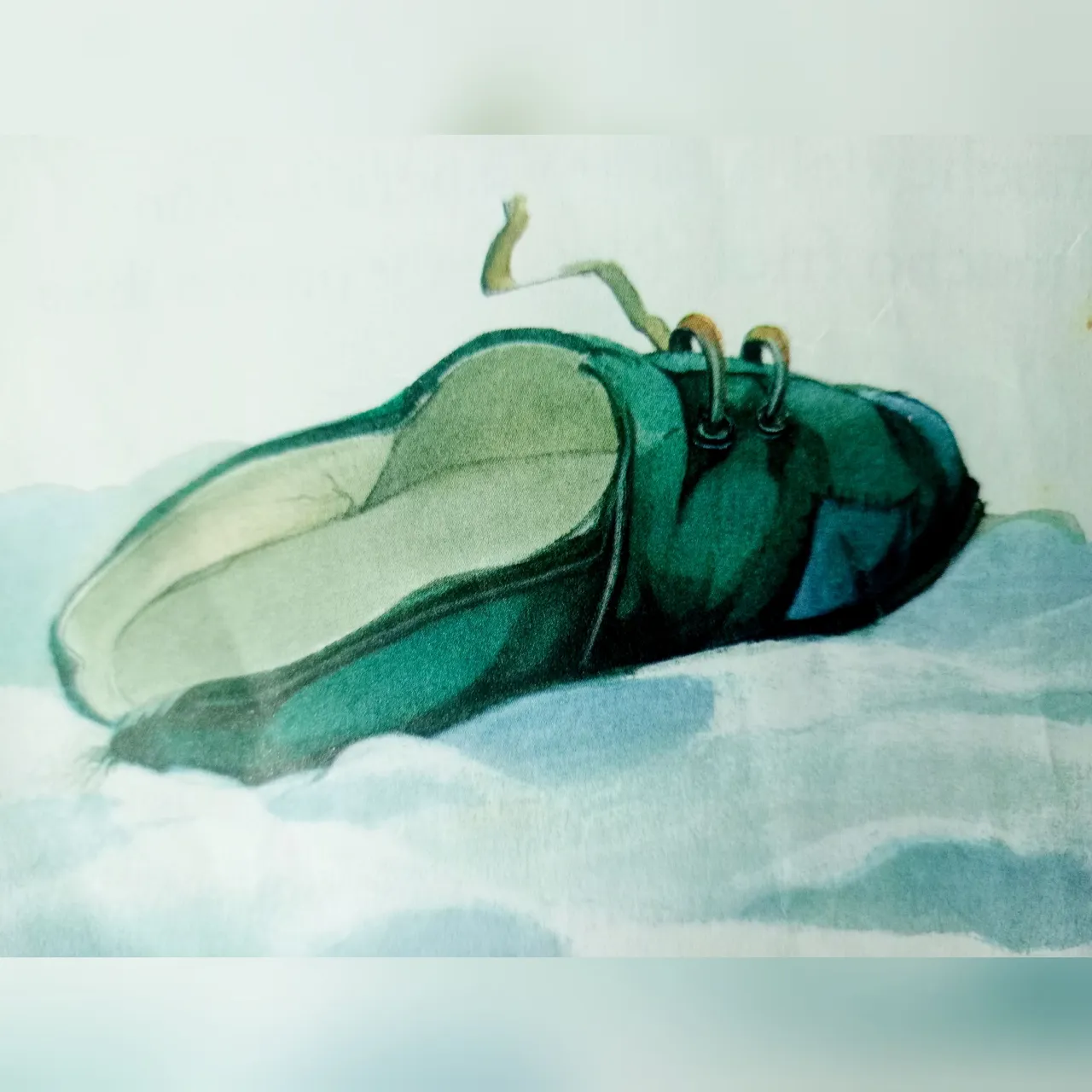Hans Christian Andersen takes us in The Match Girl through a cruder and more realistic scenario, which moves away from the typical universe oriented to children, the famous fairy tales, where magic is plausible in a world where princesses, witches, ogres, goblins and fantastic beings became popular characters in literature.

Although The Girl with the Matches is classified as a children's story, it is sobering for children because of the tragic nature of the story and the perversity of its setting. The story was published in 1845, precisely when Denmark was going through a period of political and social conflict, fueled by social inequality and class struggle, as the monarchy, led by King Christian VIII, was going through its lowest hours.

All this historical and circumstantial context works as a background to conceive this story. A dysfunctional family, where an abusive and mistreating father sends his young daughter to work in the street on Christmas Eve leads to infer that the authority figure is unjust and cruel, privileging the production of money over life. The narrator also presents an evident contrast of classes when the little girl agonizes in the middle of the cold street while she watches families enjoying Christmas dinner and dreams of living a similar experience.

The story is sad, but it functions as an unofficial historical document about the events in the Danish reality at that time. The theme of death is also treated in a very particular way, although the death of the girl is presented as just another number in the statistics, when the narrative focus is on her, the agony and transition to death is described as a process of liberation from all her sufferings, a moment to meet her grandmother in the afterlife, the only person who gave her love during her short existence.

Versión en Español
Hans Christian Andersen nos lleva en el La niña de los cerillos por un escenario más crudo y realista, el cual se aleja del típico universo orientado a niños, los célebres cuentos de hadas, donde la magia es verosímil en un mundo donde princesas, brujas, ogros, duendes y seres fantásticos se convirtieron en personajes populares de la literatura.

Si bien La niña de los cerillos está catalogado como un cuento infantil, resulta aleccionador para los niños por lo trágico de la historia y lo perverso que se presenta su entorno. El relato se publicó en 1845, justamente cuando Dinamarca atravesaba por un período de conflictos políticos y sociales, alimentados por la desigualdad social y la lucha de clases pues la monarquía, liderada por el rey Cristián VIII atravesaba sus horas más bajas.

Todo este contexto histórico y circunstancial funciona de trasfondo para concebir este cuento. Una familia disfuncional, donde un padre abusivo y maltratador envía a su pequeña hija a trabajar en la calle en Nochebuena lleva a inferir que la figura de autoridad es injusta y cruel, privilegiando la producción de dinero sobre la vida. También el narrador presenta un evidente contraste de clases cuando la niña agoniza en medio de la fría calle mientras observa como familias disfrutan la cena navideña y sueña con vivir una experiencia similar.

El relato es triste, pero funciona como documento histórico no oficial sobre los acontecimientos en la realidad danesa del entonces. También el tema de la muerte se trata de una manera muy particular, si bien se presenta el fallecimiento de la niña como un número más en las estadísticas, cuando el foco narrativo lo tiene ella, la agonía y transitar a la muerte se describe como un proceso de liberación de todos sus padeceres, un instante para reencontrarse con su abuela en el más allá, la única persona que le obsequió amor durante su poca existencia.

✓Photos from my personal gallery, edited with Fotocollage.
✓Text translated with DeepL.
✓Fotos de mi galería personal, editadas con Fotocollage.
✓Texto traducido con DeepL.